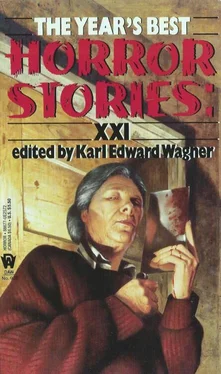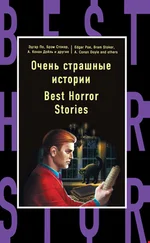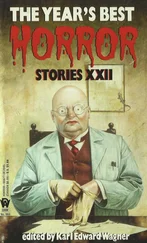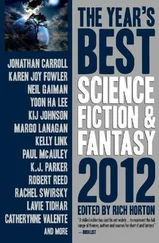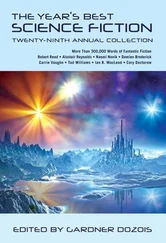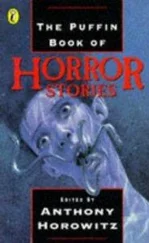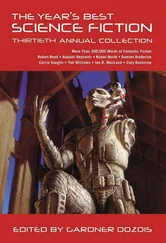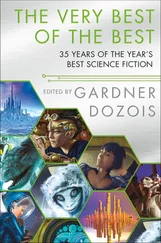So. Here’s the most excellent news.
In a field of proliferating small press and Big Press markets, the new horror writers are getting good. They, too, are coming of age. They now write about genuine characters rather than cardboard expendables. Violence, whether graphic or restrained, has become inherent to the story rather than gratuitous. Sexual themes are now being used intelligently and are crucial to the story, as opposed to the teenage wish-fulfillment jerk-off exercises too often seen before.
I have often wondered how many of the exuberant sex-and-gore writers are actually virgins and are incapable of cutting up a chicken or cleaning a fish. Or peeling a potato.
Much of this new sophistication in treating violence and sexual themes in horror fiction is due to the fact that the new writers are coming of age. However, the relaxing of taboos has made it possible for writers to explore themes and material that were forbidden not too many years ago. Personally, I have had three stories rejected (then placed elsewhere) because of their sexual themes. Ramsey Campbell in his introduction to “The Limits of Fantasy” (which you are about to read within these pages) explores the area of society-imposed and self-imposed censorship far better than I can, so I’ll leave you to him. I just hope you’re over 21—and have no dependents.
So, then. Here are 26 stories: the best horror stories of 1992. As usual, about half of the writers presented here have never before appeared in The Year’s Best Horror Stories —proving that the horror genre is a dynamic and changing genre. All types of horror are offered to you here: traditional, experimental, gore, surreal, psychological and psychotic. Screams and shivers. We don’t play favorites here—writers or themes. Horror fiction has no boundaries, defies all categories, sneers at those who would try to tame it.
Boundaries? We don’t need no stinking boundaries.
Political correctness? We spit in the milk of political correctness.
After all, The Year’s Best Horror Stories is 21.
—Karl Edward Wagner
Chapel Hill, North Carolina
THE LIMITS OF FANTASY
by Ramsey Campbell
In the summer of 1974 Michel Parry, an old friend, complained to me that nobody was sending him tales on sexual themes for his black magic anthologies. Aroused by the suggestion, I wrote “Dolls,” which enabled me both to explore what happened to the supernatural story when the underlying sexual theme (not always present, of course) became overt and to write a long short story that was stronger on narrative than atmosphere, a useful preparation for writing my first novel. Michel hadn’t expected anything quite so sexually explicit, and I was amused when his publishers, Mayflower, felt compelled to show “Dolls” to their lawyers for advice. They were advised to publish, and over the next two years Michel commissioned several more such tales from me, including two for a short-lived series of anthologies of erotic horror which he edited as Linda Lovecraft, who was, in fact, the owner of a chain of sex shops and who is one more reason why asking for Lovecraft in a British bookshop may earn you a dubious look. Perhaps the anthologies were ahead of their time because More Devil’s Kisses, the second in the series, was pulped shortly after publication, apparently in response to objections from Scotland Yard. Rumor had it that the problem was a tale reprinted from National Lampoon, involving a seven-year-old girl and a horse. I confess to being more amused than irritated by the ban, much as I felt upon learning that my first novel had been seen (in a television documentary) on top of a pile of books for burning by Christian fundamentalists—something of a compliment as far as I’m concerned. On reflection, though, I think I wasn’t entitled to feel quite so superior about censorship. Though my sexual tales had been, on the whole, progressively darker and more unpleasant, I’d suppressed the third of them, “In the Picture.” It was the initial draft of the story published here.
At the time (May 1975) I believed I had decided not to revise and submit the story because it wasn’t up to publishable standard, and that was certainly the case. However, the reasons were more personal than I admitted to myself. All fiction is to some extent the product of censorship, whether by the culture within which it is produced or by the writer’s own selection of material, both of which processes tend to be to some extent unconscious. Perhaps the most insidious form of censorship, insofar as it may be the most seductive for the writer, is by his own dishonesty. For me the most immediate proof is that it wasn’t until Barry Hoffman asked me if I had any suppressed fiction that I realized, on rereading “In the Picture,” that my dishonesty was its central flaw.
One mode of fiction I dislike—one especially common in my field—is the kind where the act of writing about a character seems designed to announce that the character has nothing to do with the author. On the most basic level, it’s nonsense, since by writing about a character the writer must draw that personality to some extent from within himself. More to the present point, it smells of protesting too much, and while that may be clear to the reader, for the writer it’s a kind of censorship of self. I rather hope that “In the Picture” is the only tale in which I succumb to that temptation.
“In the Picture” follows the broad outline of “The Limits of Fantasy,” though much more humorlessly, up to the scene with Enid Stone, and then Sid Pym begins to indulge in fantasies of rape and degradation which I believe are foreign to his sexual makeup and which are contrived simply to demonstrate what a swine he is—in other words, that he is quite unlike myself. Of course nothing could be further from the truth. In response to Barry Hoffman I treated “In the Picture” as the first version of the story and rewrote it exactly as I would any other first draft, and I had the most fun writing Pym’s boarding-school fantasy, which is at least as much my fantasy as his. For me his presentation of it is both comic and erotic.
It seems to me that even the most liberal of us employ two definitions of pornography: the kind that turns ourselves on, which we’re more prone to regard as erotic, and the kind which appeals to people with sexual tastes unlike our own and which we’re more likely to condemn as pornographic. In my case the absurdity is that the group of scenarios which I sum up as the boarding-school fantasy (which is obviously as much fetishistic as sadistic) is the only species of pornography I find appealing, and it was therefore especially dishonest of me to include no more than a hint of it when I collected my sexual tales in Scared Stiff. I suppose, then and in my original suppression of “In the Picture,” I was afraid of losing friends, but that really isn’t something writers should take into account when writing. I suspect I was assuming that my readers and people in general are squarer when it comes to erotic fantasy than is in fact the case. Since the publication of Scared Stiff I’ve heard from readers of various sexes that they found parts of the book erotic, and a female reader gave me a copy of Caught Looking, a polemic published by the Feminist Anti-Censorship Taskforce, in which one of the illustrations (all chosen by the FACT designers on the basis that they themselves found the images erotically appealing) is a still from a spanking video made in Britain before such videos were banned outright under a censorship that is fast overtaking the equivalent glossy magazines. (The Spankarama Cinema in Soho, rather unfairly chastised in the Winter 1982/83 Sight and Sound and touched on by association in Incarnate, is long gone; perhaps I should have had a publicity photograph taken under the sign while it was there.) Incidentally, perhaps one minor reason for my reticence was the notion that this sexual taste is peculiarly British, but a day in Amsterdam proved me wrong.
Читать дальше
